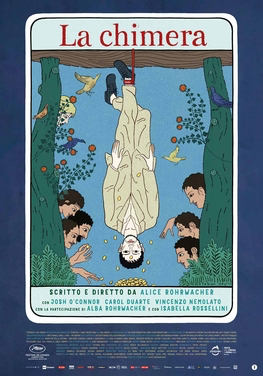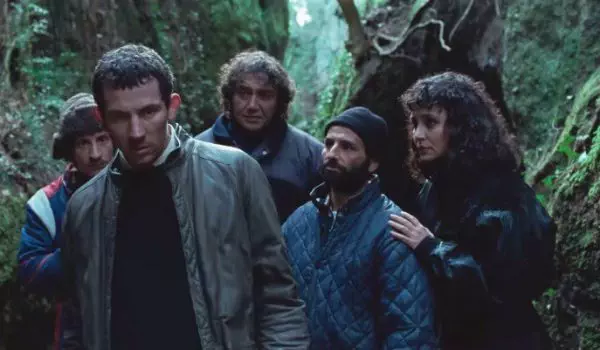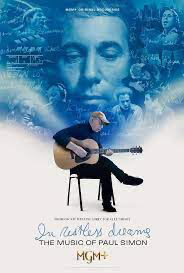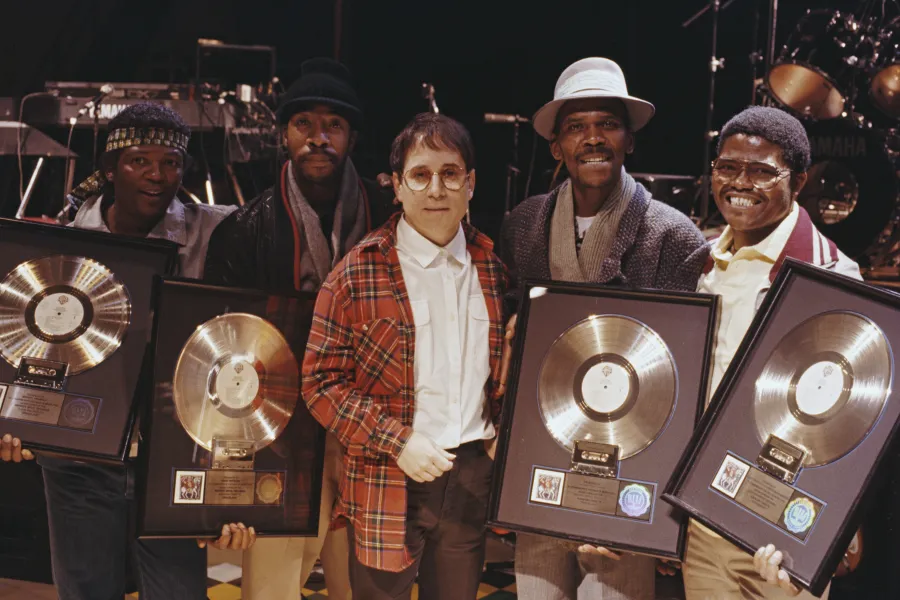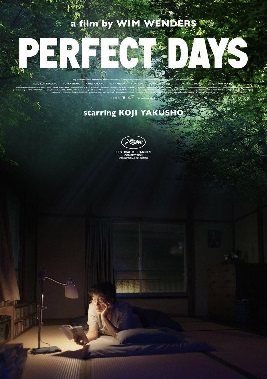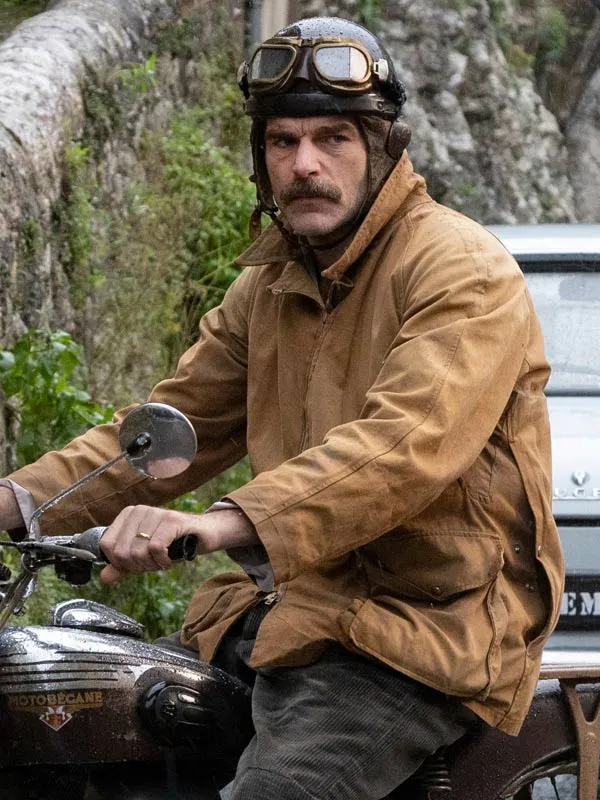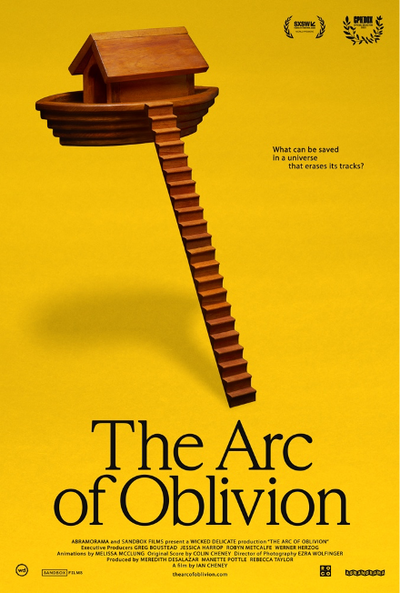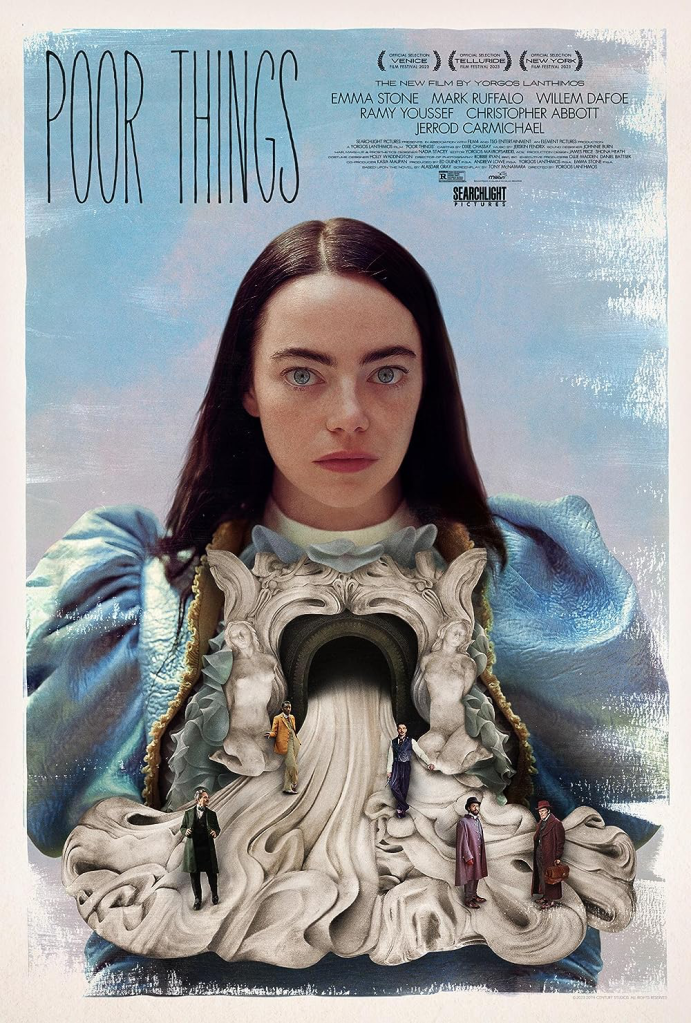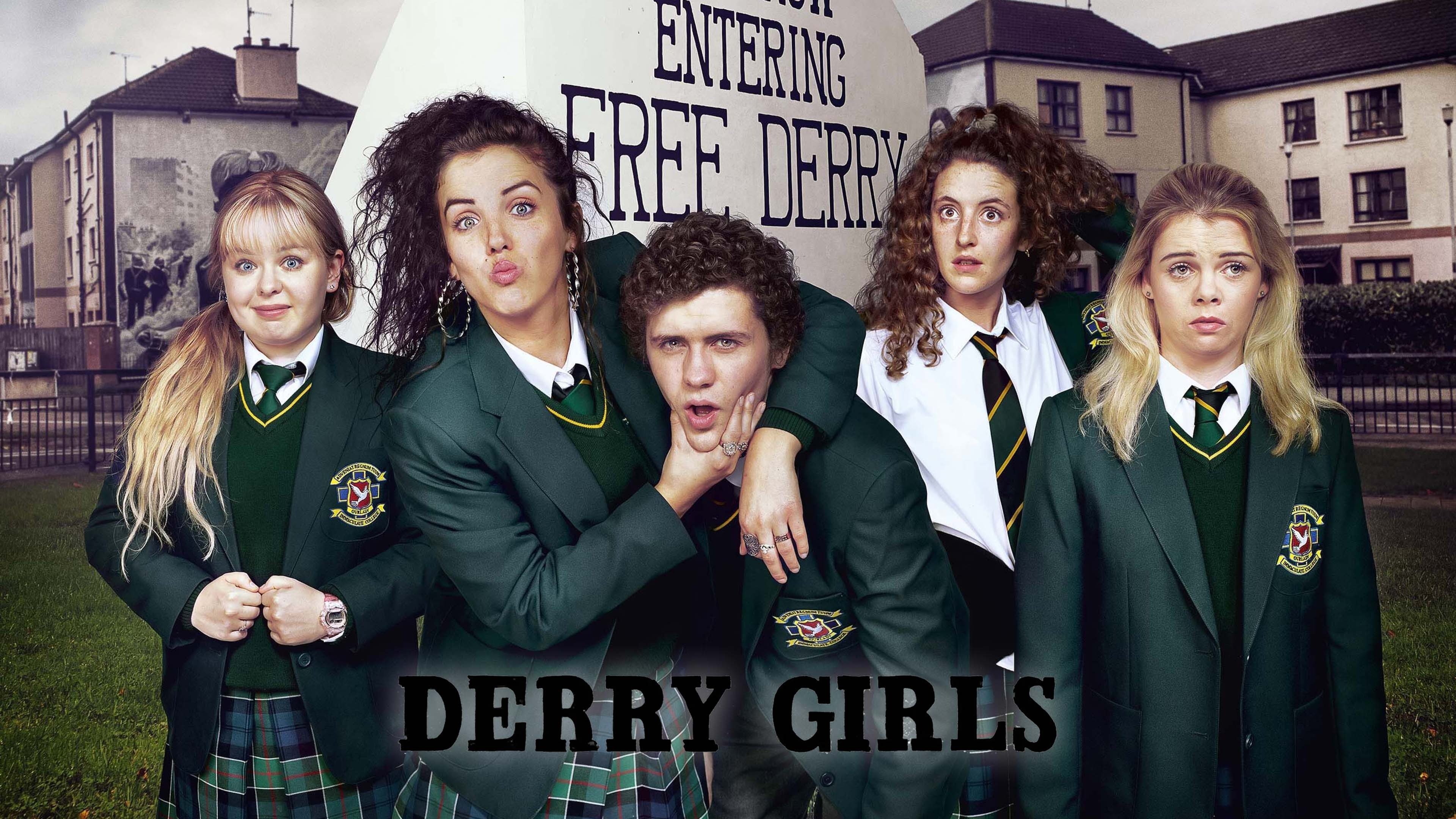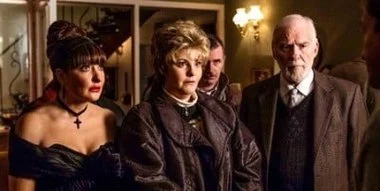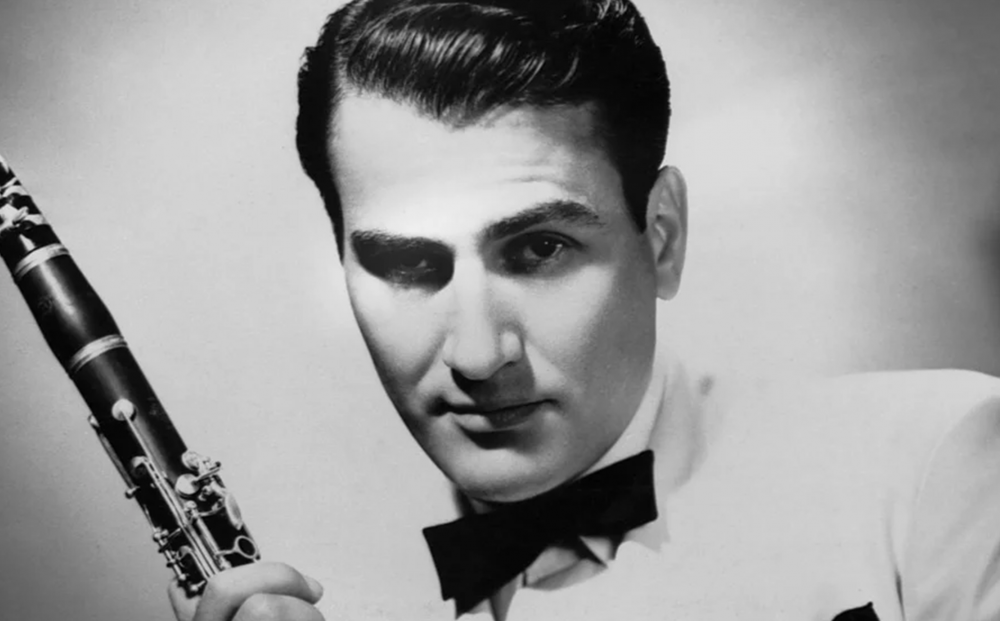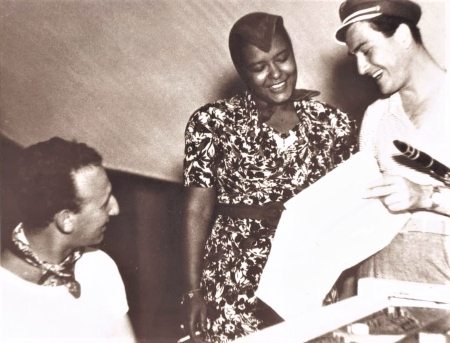with Olivia Colman, Jessie Buckley, Anjana Vasan, Gemma Jones, Timothy Spall.
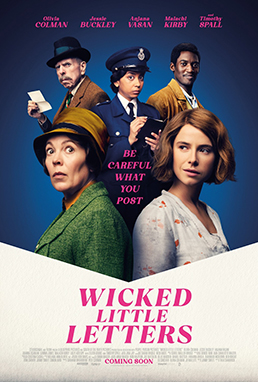
In a small English town in the 1920s, a scandal erupts. Rose Gooding (Jessie Buckley) is accused of sending filthy and disgusting letters to her next door neighbor, Edith Swan (Olivia Colman), who lives with her aged parents. The charge leveled against Rose, who is known for her free use of obscenity in everyday speech, is libel. It is not Edith herself who brings the matter to the police, even though the letters are addressed to her, but Edith’s father, an angry controlling man who may as well represent the patriarchy in all of its abuse of power. The movie is about the trial, which actually took place, and the women, who did exist, with a third protagonist, a female police official named Miss Moss, who is convinced that Rose Gooding is innocent.
The three main characters–Rose who is Irish, and suspected of being an unwed mother, Edith who has lived with her controlling father her whole life, and Miss Moss who wants to investigate the case more thoroughly but can’t because of restrictions by her supervisor — are women without power. The most chilling bit of dialogue occurs at the dinner table where the Swans meet to discuss the letters that keep coming in. As it becomes clear that Rose will be imprisoned and tried for a crime she did not commit, Edith asks her mother, who is seen knitting, what she thinks. Her silence says it all: she has never been allowed to speak let alone think. Her husband has seen to all of her thoughts, and would like to continue to direct those of his daughter.
But the movie is not all melodrama or social conscience. The pleasure of watching the actors comes from the comic drift of the screenplay. There is a clever conspiracy developed by the local women who take Rose’s side and come up with bail based on the sale of a rotten pig. However, sometimes I wanted to shout out: look at the handwriting! How could these letters possibly come from Rose when the handwriting is a direct match of Edith’s?
The actresses’ ability to show plenty with the curl of a lip, Timothy Spall’s portrayal of a so called pious Christian being the most evil one of all, these ironies and humorous twists, including a most satisfying discovery at the end being made by a young girl, make the movie a perfect antidote to the violence and horror and cgi filling our screens.
Color blind casting includes the police detective being played by a Sri Lankan actress, Rose’s boyfriend played by a black man as is the judge presiding over the case. The movie takes liberties in other ways too, from the historical record, sometimes to the point of silliness. But what matters to me is the lightness of tone considering the subject. I welcome that more than anything.



